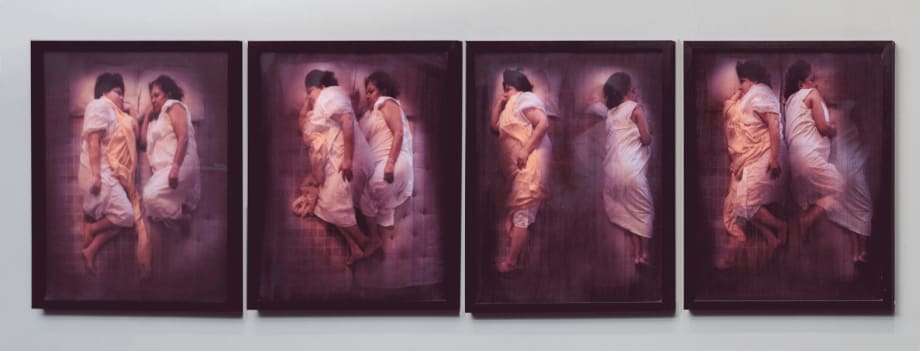Abhishek Kumar
‘Anyone to whom equality is integral is feminist’ — Sonia Khurana
Sonia Khurana is a contemporary Indian artist who works across various mediums including video, photography, performance, and installation. Khurana is regarded as one of the leading contemporary artists in India and her work continues to push boundaries and challenge the status quo. Khurana’s work is deeply rooted in feminist politics and explores issues of gender, identity, and the body. Her video installations often feature her own body as a subject, and she uses her performances to engage with the audience and question the traditional gender roles and societal norms that exist in India. Sonia Khurana is perhaps the first artist in India to use her body and sound in visual art practice to explore situational contexts and inner reality.
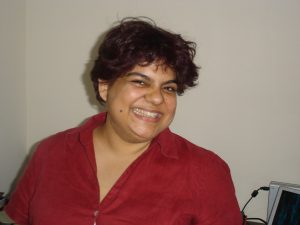
Khurana was raised in New Delhi after being born in Saharanpur, Uttar Pradesh. She attended the Delhi Institute of Art for her BFA and MFA degrees. She also completed a brief course at the Cinema and Television Institute of India in Pune in 1996, which piqued her interest in performance art and lens-based techniques. With the help of a grant from the Inlaks Shivdasani Foundation, she registered for a second Master’s degree at the Royal College of Art in London the following year. Khurana also completed a two-year residency and research programme at Amsterdam’s Rijksakademie Of Beeldende Kunsten beginning in 2002.
Her work has been exhibited extensively in India and around the world, including at the Tate Modern in London, the Guggenheim Museum in New York, and the National Museum of Modern and Contemporary Art in Seoul. In 2013, she was awarded the Skoda Prize for Indian Contemporary Art. Sonia Khurana’s work is deeply influenced by her personal experiences and her engagement with the socio-political realities of India. Her works often challenge the viewers’ perceptions of gender roles and their relationship with their own bodies. Through her art, she also addresses the complex issues of power dynamics and violence that exist in society.
Khurana has exhibited her work in numerous solo and group shows in India and internationally. Some of her significant solo shows include “Put It On” at the Chemould Prescott Road in Mumbai, “All Around You” at the Vadehra Art Gallery in New Delhi, and “Lapse” at the Gallery Jendela in Singapore. Khurana has also participated in several international art festivals, including the Sharjah Biennial in the UAE, the Moscow Biennale in Russia, and the Liverpool Biennial in the UK. Her work has been featured in several prestigious publications, including Art Asia Pacific, Artforum, and Frieze.
Why Sonia Khurana turned to performance art?
Sonia Khurana turned to performance art as a means to engage with her audience in a more direct and immediate manner. Through her performances, she could use her own body as a medium to explore issues of identity, gender, and power dynamics, and to create a dialogue with the viewers.
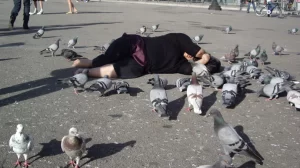
In an interview, Khurana has stated that her interest in performance art emerged from her desire to break away from the traditional mediums of painting and sculpture, and to explore new forms of expression that could challenge the established norms of the art world. She was also influenced by the feminist art movement of the 1970s, which emphasized the use of the body as a site for political and social commentary.
Khurana’s performances often involve physical interactions with her surroundings and with the audience, and are characterized by a rawness and vulnerability that invites viewers to engage with the issues being explored. Her performances have been described as both intensely personal and deeply political, and have been widely acclaimed for their innovative approach to the medium of performance art. Sonia Khurana turned to performance art as a means to explore new forms of expression, challenge established norms, and engage with her audience in a more direct and immediate manner.
Khurana’s process of Performance art
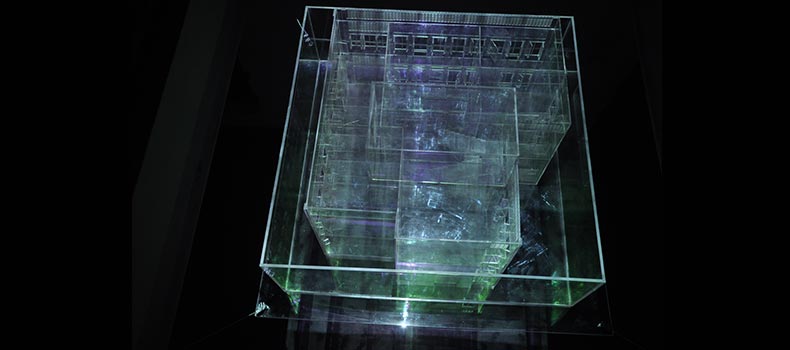
Sonia Khurana’s process of performance art involves a deep engagement with her own body, the surrounding space, and the audience. Her performances are often site-specific, and she carefully selects the location and materials that she will use to create her work. Khurana’s process usually begins with an idea or concept that she wants to explore through her performance. She then develops a script or a rough plan for the performance, which may include movements, gestures, and interactions with the audience. Khurana’s performances are often improvisational, and she allows herself to be open to the unexpected, responding to the space and the energy of the audience.
During her performances, Khurana often uses her own body as a medium to explore the themes she is addressing. She may use movement, sound, or silence to create a visceral experience for the audience. Her performances often involve interactions with the audience, inviting them to participate in the work in some way. After the performance, Khurana often reflects on her experience and considers how she might adapt or refine the work for future iterations. She may also document the performance through video or photography, which can be used to share the work with a wider audience or to reflect on the process.
Sonia Khurana’s process of performance art involves a deep engagement with her body, the space, and the audience, and is characterized by a fluidity and openness that allows for improvisation and experimentation.
Bird Performance art

Sonia Khurana’s “Bird” is a performance art piece that was first presented in 1999. In this work, Khurana explores the themes of confinement, flight, and freedom through the use of her own body and bird imagery. During the performance, Khurana is dressed in a black bodysuit with white wings attached to her back. She moves around the space, flapping her wings and making bird-like noises. She is confined to a small area, marked by a line on the floor, which represents the limits of her space and her confinement.
Throughout the performance, Khurana’s movements become increasingly frantic, as she struggles against the limits of her space and the constraints of her body. She eventually breaks free from her confinement, jumping and flapping her wings to create the illusion of flight. The use of bird imagery in this performance is significant, as it represents the idea of freedom and escape from confinement. By embodying the bird, Khurana invites the audience to consider their own relationship with confinement and the limitations of their own bodies.
Overall, “Bird” is a powerful and thought-provoking performance art piece that explores themes of confinement and freedom through the use of the body and bird imagery. It is a testament to Sonia Khurana’s innovative approach to performance art and her ability to engage the audience in a visceral and emotional way.
Fold Unfold Performance art
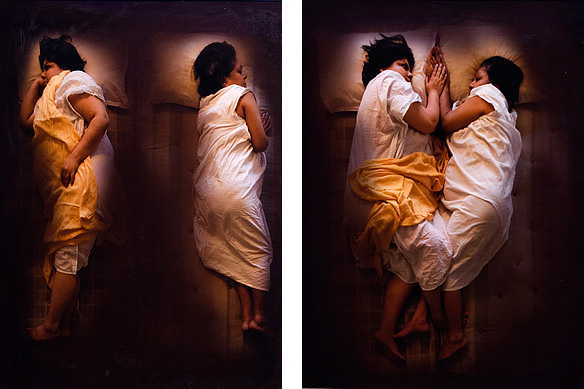
“Fold Unfold” is a performance art piece created by Sonia Khurana in 2012. The piece is a meditation on the process of folding and unfolding, exploring the idea of transformation and the relationship between the body and its environment. During the performance, Khurana begins by folding a large piece of white fabric. She carefully folds the fabric, creating geometric shapes and patterns that evoke a sense of order and control. As she continues to fold, her movements become more rhythmic and repetitive, creating a meditative atmosphere.
After folding the fabric, Khurana then begins the process of unfolding. She unfurls the fabric, slowly revealing the complex patterns and shapes that were hidden within. As she unfolds, her movements become more fluid and expansive, creating a sense of release and transformation. The use of the fabric in this performance is significant, as it represents the relationship between the body and its environment. By folding and unfolding the fabric, Khurana explores the idea of transformation and the way in which our environment can shape and influence us.
Overall, “Fold/Unfold” is a beautiful and meditative performance art piece that explores themes of transformation, control, and release. It is a testament to Sonia Khurana’s skill as a performer and her ability to create a powerful and emotional experience for her audience.
Khurana’s take on Performance art as Future
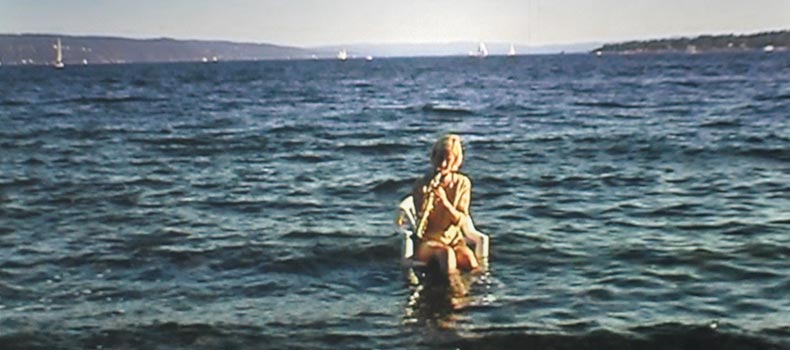
Sonia Khurana’s work in performance art suggests that she sees it as a medium with enormous potential for exploring new ways of thinking about identity, power dynamics, and social issues. She believes that performance art can be a tool for creating a more inclusive and diverse world, one that is open to new ideas and perspectives. In an interview, Khurana has spoken about the role of performance art in the future, stating that she believes it has the potential to transform the way we think about art and the world around us. She suggests that performance art can challenge established norms and hierarchies, and can provide a platform for marginalized voices and perspectives.
Khurana also believes that performance art can be a means of creating a more inclusive and participatory art world. By inviting the audience to engage with the work, she believes that performance art can create a sense of community and shared experience, one that is not limited by traditional art-world boundaries. Sonia Khurana’s take on performance art as the future is one that sees it as a powerful tool for social and political transformation. She believes that performance art has the potential to challenge established norms and create a more inclusive and diverse world, one that is open to new ideas and perspectives.
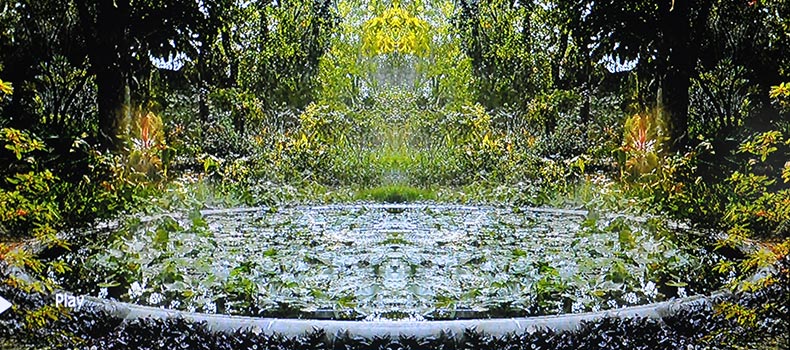
In conclusion, Sonia Khurana’s work is characterized by a deep engagement with her body, the space, and the audience, and explores themes of identity, power dynamics, and social issues. Through her performances, Khurana invites the audience to engage with her work in a visceral and emotional way, creating a sense of community and shared experience. Her work challenges established norms and hierarchies, and creates a platform for marginalized voices and perspectives. Khurana’s approach to performance art is innovative, thought-provoking, and deeply meaningful. She sees performance art as a medium with enormous potential for social and political transformation, and her work serves as a testament to the power of art to challenge, inspire, and transform.

